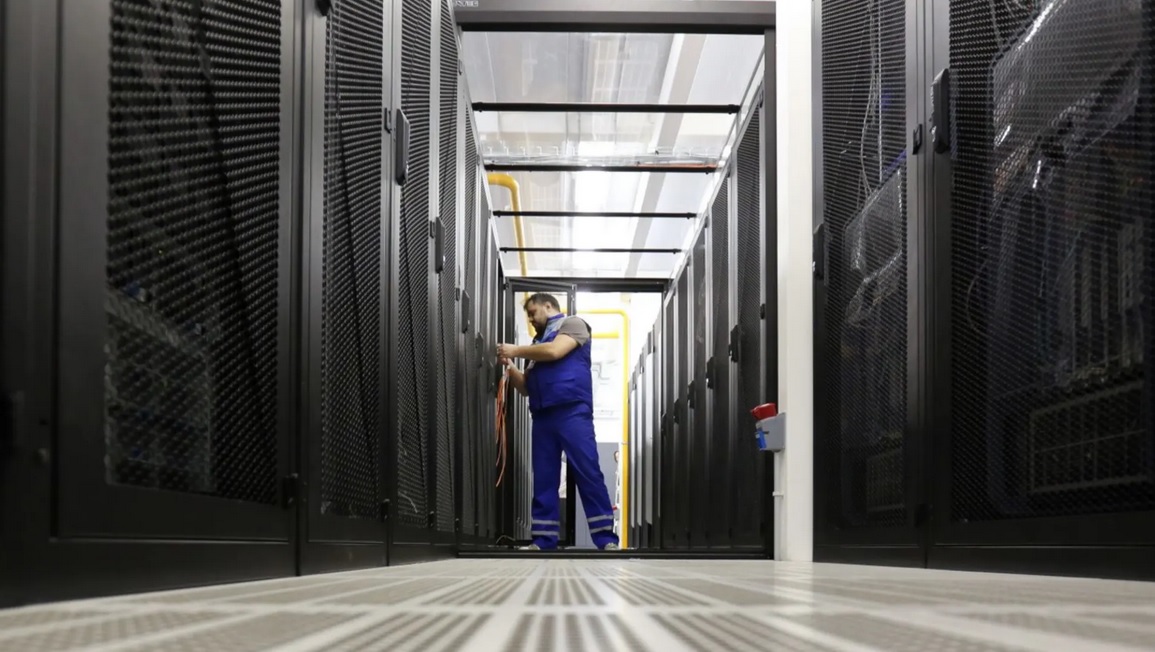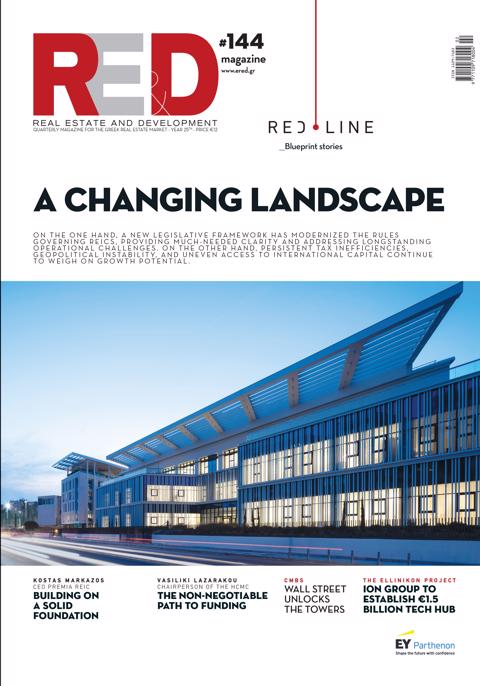The massive energy and water demands associated with server cooling have become a driving force behind a new wave of innovation in data center infrastructure. To address these challenges, a range of pioneering solutions are emerging—including subsea, floating, and even space-based data centers—offering the potential to reduce costs, limit water consumption, and harness renewable energy sources.
One of the most notable recent developments comes from China, where Highlander has launched the world’s first commercial-scale subsea data center off the coast of Hainan Island. While companies such as Microsoft and others have previously conducted experimental trials in this domain, Highlander’s project marks a global first in operational deployment at scale.
The facility takes advantage of the natural cooling capacity of ocean currents, reducing cooling costs by up to 90% and completely eliminating the need for freshwater. This results in a 40% increase in computing efficiency compared to traditional land-based data centers. Impressively, 95% of its energy requirements are met through renewable sources, primarily from an adjacent offshore wind farm.
The issue of water consumption is now central to the sustainability and resilience of data infrastructure. Paradoxically, many land-based data centers are being constructed in arid and drought-prone regions. For example, OpenAI is planning major facilities in Texas, New Mexico, and the U.S. Midwest—locations where data center cooling competes directly with residential water needs and agricultural use.
In Scotland, water use by data centers has quadrupled since 2021, straining an already aging water system. Meanwhile, Thames Water, the UK’s largest water utility, is facing a financial and operational crisis so severe that new legislation has been enacted to criminalize obstruction of inspections into sewage leaks. Similar concerns are emerging in Spain and Greece, where major data center developments are moving forward despite unresolved questions around water availability and security.
In contrast to these high-impact terrestrial models, a more adaptable and sustainable alternative is gaining traction: floating data centers. In October 2025, Samsung and OpenAI announced a strategic partnership to develop floating data center platforms. According to Samsung, these facilities offer multiple advantages: they reduce land use, lower carbon emissions, and significantly decrease water consumption by using marine cooling systems driven by sea currents.
This approach also introduces operational flexibility. Floating data centers can be repositioned in response to climatic, geopolitical, or energy-related factors, while drawing power from offshore renewable sources, such as marine wind farms.
An even more ambitious concept is being pursued by Amazon, which is exploring the deployment of space-based data centers. In space, naturally low temperatures eliminate the need for cooling systems altogether, while large-scale solar arrays provide virtually unlimited, emissions-free energy without straining Earth’s water or energy resources.
This vision is no longer purely speculative. Backed by the European Union, at least one company has already successfully conducted a test launch of a prototype orbital data center. With rapid advancements in aerospace technologies and space-grade photovoltaics, experts predict that fully operational space-based data centers could become a reality by 2037.















